Protect your family and loved ones with bio-compatible fillings and dental materials.
Freeing yourselves from mercury may be a lot harder these days than even getting rid of sugar and high fructose corn syrup in your diet. Mercury is everywhere—fish, compact fluorescent light bulbs, vaccines—and in our silver fillings.
I recently spoke with my personal dentist Stuart Nunnally, DDS to get the latest on mercury fillings. Dr. Nunnally has quite a story himself that proves just how dental materials can negatively impact the entire body.
Dr. Nunnally’s Story
Many years ago, Dr. Nunnally was the picture of health. He told me that he never missed a day of work in 22 years. Then he started having neuro-muscular issues, mostly in his legs. He went from being an accomplished triathlete to not being able to jog. Little by little, his neuro-muscular symptoms spread throughout his body. After months of testing, his neurologist referred him to the ALS (Amyotrophic Lateral Sclerosis) Center in Houston. ALS is also known as Lou Gehrig’s disease, an autoimmune disease that impacts 2 out of every 100,000 people annually with a very grim prognosis.
Upon hearing the word “ALS” Nunnally immediately called fellow dentist, Hal Huggins, DDS, MS, the pioneer of holistic dentistry—to get a second opinion and find out whether what was still in his mouth could be causing his ALS symptoms.
By this time, Nunnally had already replaced all of the mercury in his mouth but mercury residues still remained in his system. What Nunnally also didn’t realize—and what Huggins finally uncovered—was that even the bonded composite fillings that now replaced the old mercury were highly reactive and still detrimental to his system.
Under Huggins’ careful guidance, Nunnally had all of the dental material in his mouth replaced with bio-compatible materials. Huggins also made sure that all of Nunnally’s cavitations were thoroughly cleaned out. A cavitation is a hole in the bone, usually where a tooth has been removed that more often than not acts as a breeding ground for anaerobic bacteria that continually seeps into the system. Huggins also put Nunnally through in-depth body chemistry analysis to balance and fortify his body while removing the residual mercury. Vitamin C drips and saunas were integral parts of his get-well treatment.
Slowly but surely, Nunnally made a complete recovery. Four years after the first symptoms appeared, 90% of his symptoms were gone and he was back to running triathlons.
Today, he is a partner in the biological dental practice of Nunnally & Freeman located in Marble Falls, Texas (www.healthysmilesforlife.com, 888-690-3646 ) where patients from twenty countries and all fifty states have travelled to have their mercury fillings taken out and replaced, their cavitations thoroughly cleaned, and their root canals addressed.
On a recent trip to Texas, I had the opportunity to stop in and ask Dr. Nunnally a few questions:
ALG: Are mercury containing fillings still being used to fill teeth?
SN: Surprisingly, mercury fillings are still being used in America today. Nearly one half of all dentists in America fill teeth with mercury amalgam filling material.
ALG: With the science so clearly pointing to the dangerous health risks associated with mercury exposure, why would dentists still be using a toxin like mercury?
SN: There are several reasons for dentists’ continuing use of mercury. First, mercury amalgam fillings have been used for over a century, and their use continues to be defended by the American Dental Association. Second, mercury filling materials are inexpensive, easy for the dentist to use and they often last for decades.
ALG: How much mercury is in a mercury amalgam filling?
SN: Approximately 50% of the filling is mercury. The remaining 50% is composed of copper, silver, tin and zinc.
ALG: I recently heard a physician tell a radio audience that mercury fillings were safe. He used the analogy of table salt which is composed of sodium and chlorine. Sodium which alone can be toxic, combining with chlorine, which is toxic, forms the stable compound sodium chloride which is table salt. Is this an accurate analogy for mercury amalgam fillings?
SN: Unfortunately this is a terribly misleading and completely inaccurate analogy. Freshmen chemistry students understand that the bond between sodium and chlorine is a strong and much different type of bond than the weak bond between mercury and the other metals in amalgam filling material. Mercury leaches out of the mercury amalgam twenty-four hours a day for the life of the filling at a level which exceeds the toxic exposure levels determined by the U.S. Agency for Toxic Substance and Disease Registry (ATSDR).
ALG: As a biological dentist, what is your main concern about placement of mercury amalgam fillings?
SN: Mercury is a potent neurotoxin and it is considered the second most toxic element on the planet, second only to plutonium. It makes no sense to me, as a dentist who is concerned with whole body health, to expose someone to a daily dose of mercury, when other materials are available. You must remember that mercury exposure even in extremely minute doses has been implicated in numerous autoimmune diseases, depression, and Alzheimer’s disease to mention only a few.
ALG: What kind of filling material do you recommend for your patients?
SN: Fortunately, we now have many bio-compatible dental materials which can be used in place of mercury amalgam. There are two laboratories in the United States which utilize a blood sample to determine whether the patient’s immune system is compatible with specific materials. I have many patients do this simple blood test, then I match the dental restorative material with his or her immune system. The two labs that I use are Clifford Consulting and Research (www.ccrlab.com, 719-550-0008) and BioComp (www.biocomplaboratories.com, 800-331-2303). You can find a mercury-free dentist through the International Association for Oral Medicine and Toxicology, visit www.iaomt.org for more information.
ALG: Thank you so much Dr. Nunnally. I am so pleased that you not only have made a complete recovery but lecture internationally on many aspects of biological dentistry.
Is Mercury Rising in Your Body?
While there are many advanced techniques to assess mercury toxicity, the World Health Organization and the FDA recognize tissue mineral analysis as a viable screen for mercury toxicity. For those who are interested in their overall mercury burden, as a non-invasive first step, I usually recommend a Tissue Mineral Analysis which identifies at least seven heavy metals (including mercury), 29 major minerals, as well as 15 nutritional elements with key ratios that can identify adrenal, thyroid, blood sugar and immunity challenges.
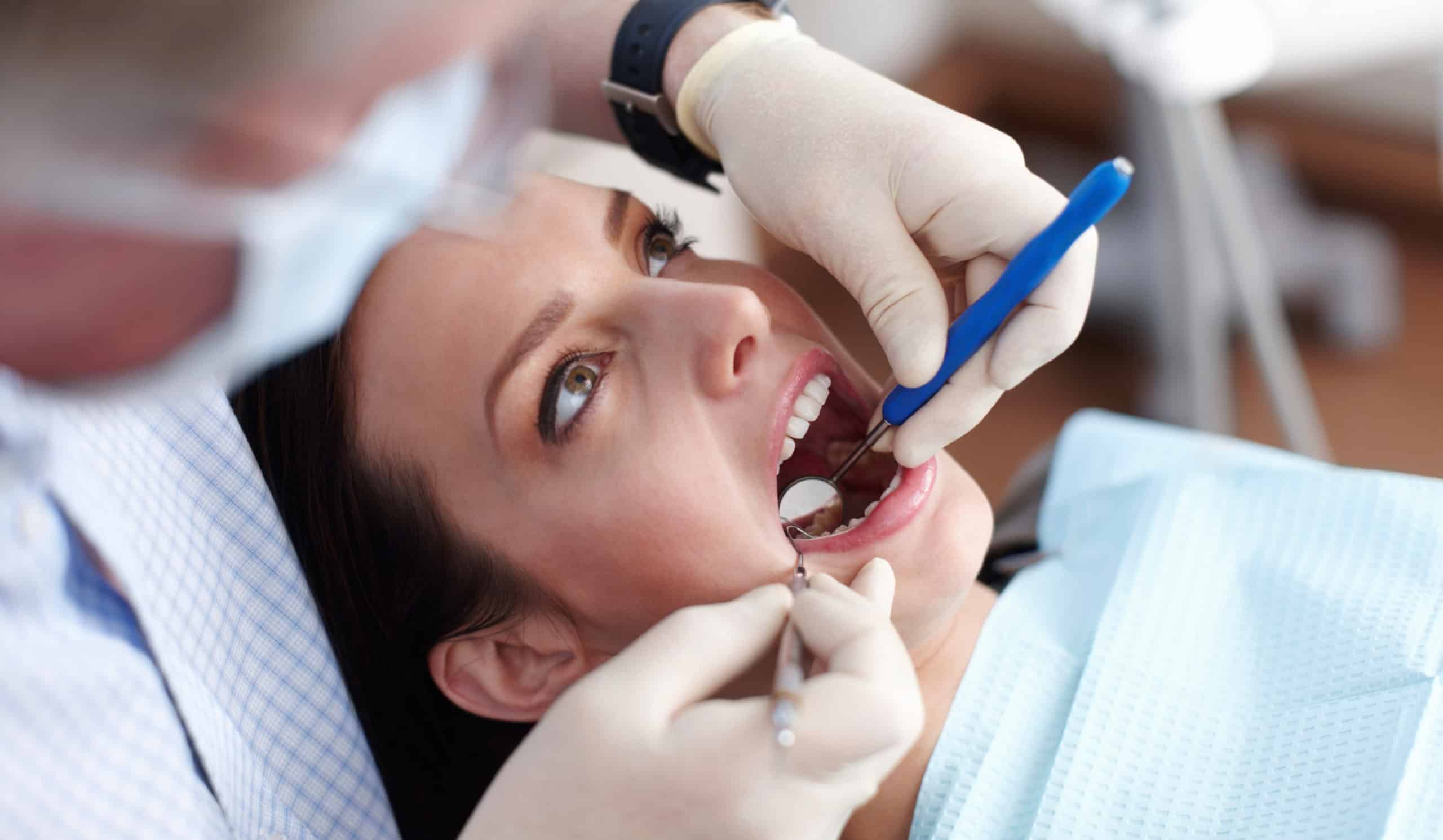

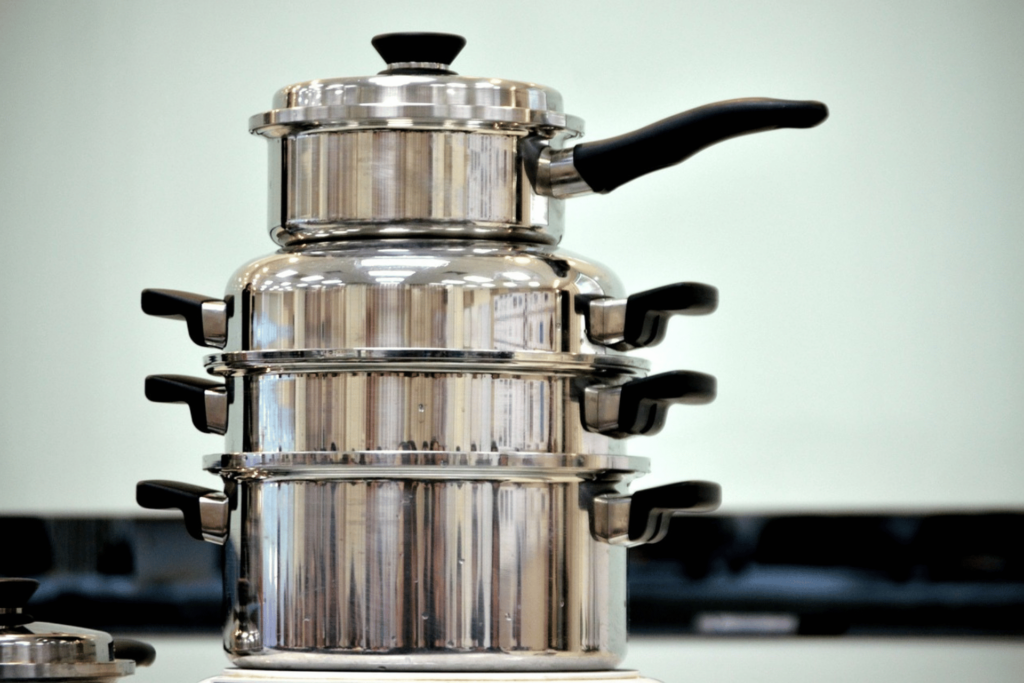
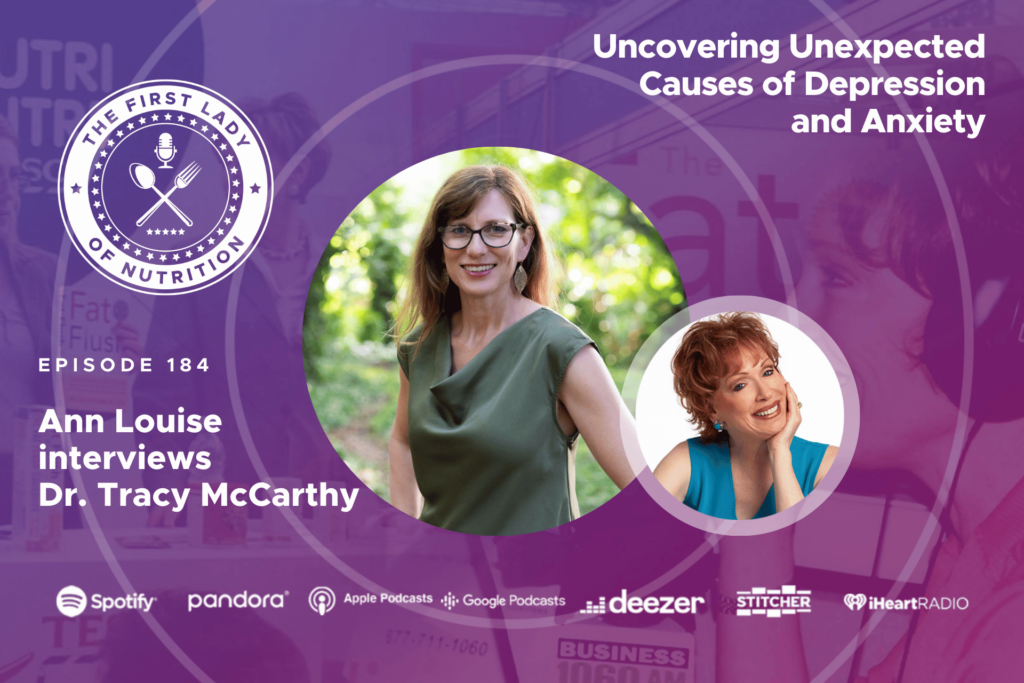
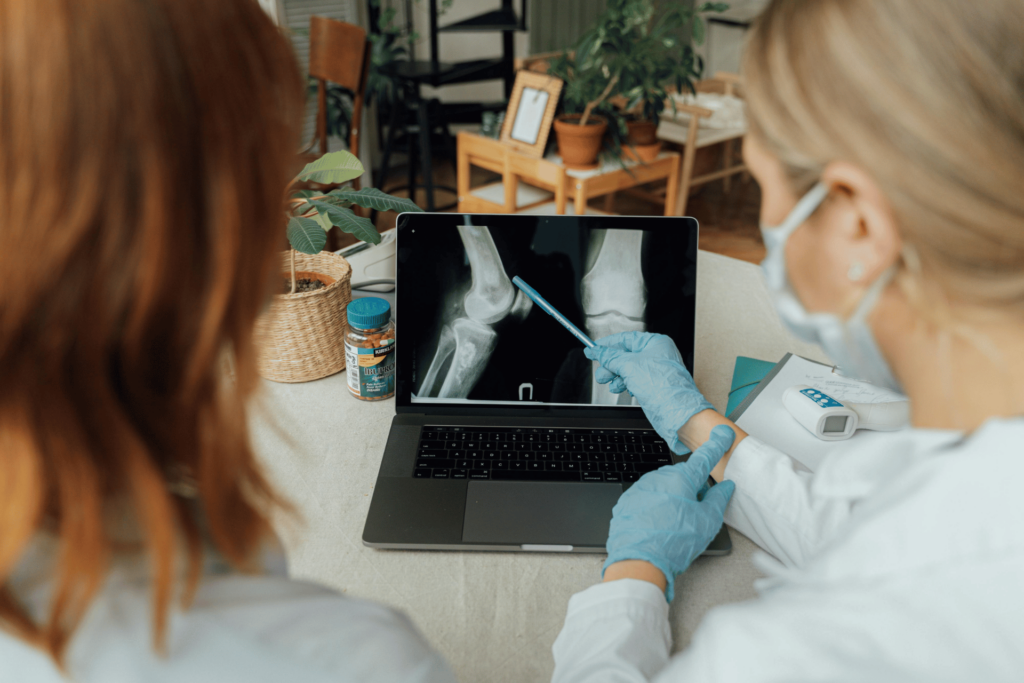
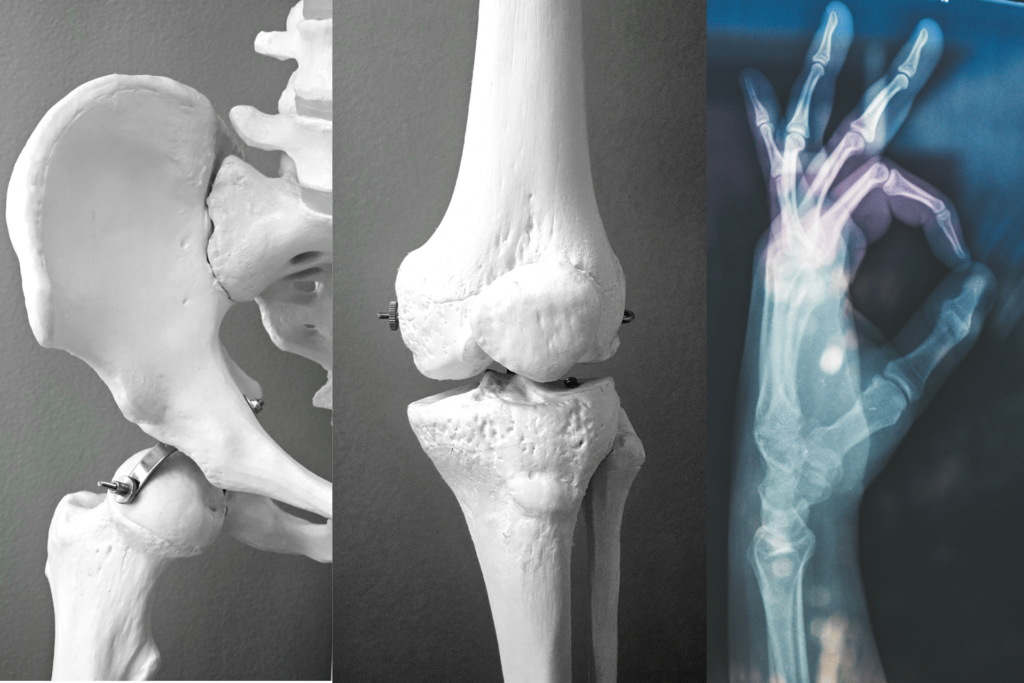


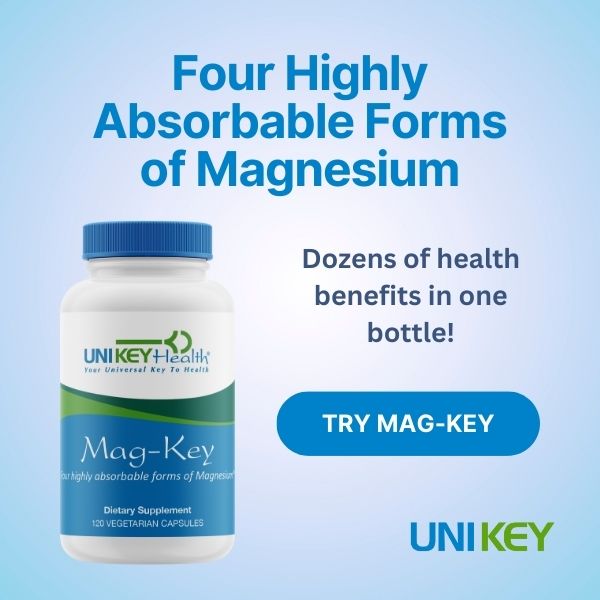
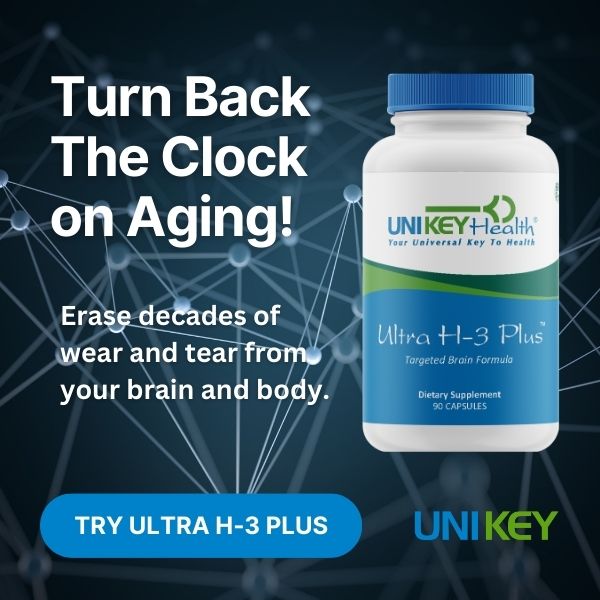



4 Responses
THANK YOU SO MUCH FOR THIS INFO! My husband was recently diagnosed with early prostate cancer. Our naturopath did not recommend a biopsy, but treated Karl’s blood with UV light and ozone. Combined with the juicing and raw foots we’ve switched to, we’ve made a dramatic improvement in his PSA already. Karl read Hal Huggins book, and we chose to go to Mexico and get $20K worth of dental work done at the American Biodental Clinic. We just got back last week. What a process. Karl had massive infection in many root canal extractions, and I had mercury removed from 12 teeth! I don’t think Karl’s immune system would’ve been able to fight the cancer when he had all that infection in his mouth! We’re going to be detoxing gently to get rid of all the mercury. It was such a radical amount of work, people really raise their eyebrows at us. We wondered, “Are we nuts?” But this is the same information we based our decision on, and it was wonderful to have it reaffirmed by your dentist! I just read this to Karl, and thanked him for taking such good care of me for 40 years. Thank you SO much!
Infrared sauna therapy is a great way to detox and prevent future illness. The mPulse sauna from Sunlighten has preset health programs including a program for detoxification. Each program sets the heaters to emit the optimal blend of infrared wavelengths for the to achieve the desired result. Please visit https://www.sunlighten.com/mpulse-infrared-saunas.html to learn more.
I am going to have a front bridge replaced & I know there is a tooth there from 15yrs ago that has root canal. I have a lower back tooth with root canal & crown on it. I had root canal on other side with crowns but ended up yrs ago with infection & having to have those teeth pulled. Have experienced pain in jaw periodically. No insurance, & no dentist around here to do correctly. Is there anything else a person can do to help this????? Thanks, Sheila
My experience has been that is best to have it pulled if you have pain. It’s best to travel to the closest dentist that understands the proper proceedure, so no cavitation is created. Maybe you could explain the process to a local dentist.